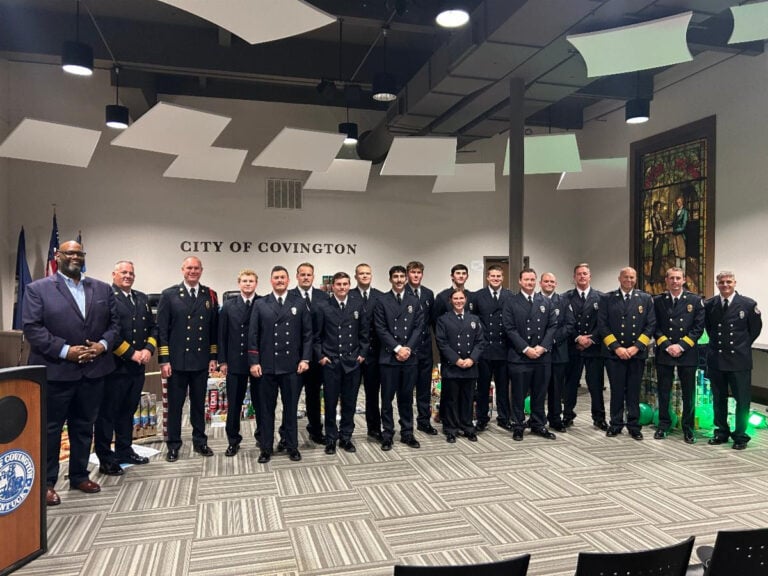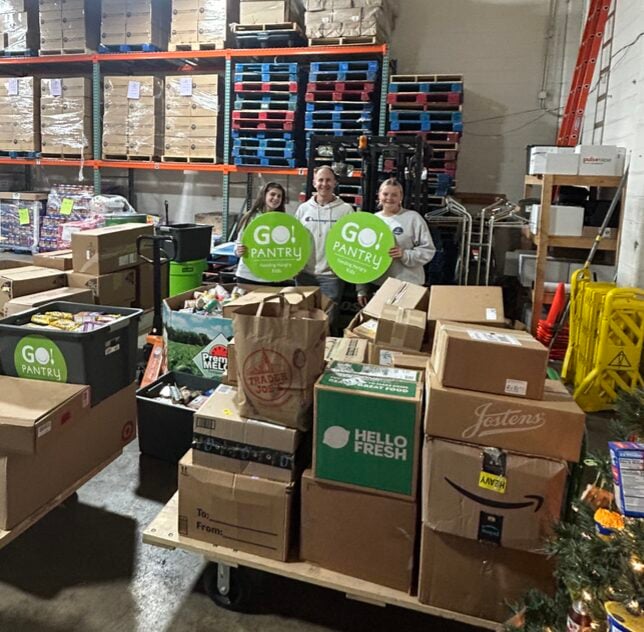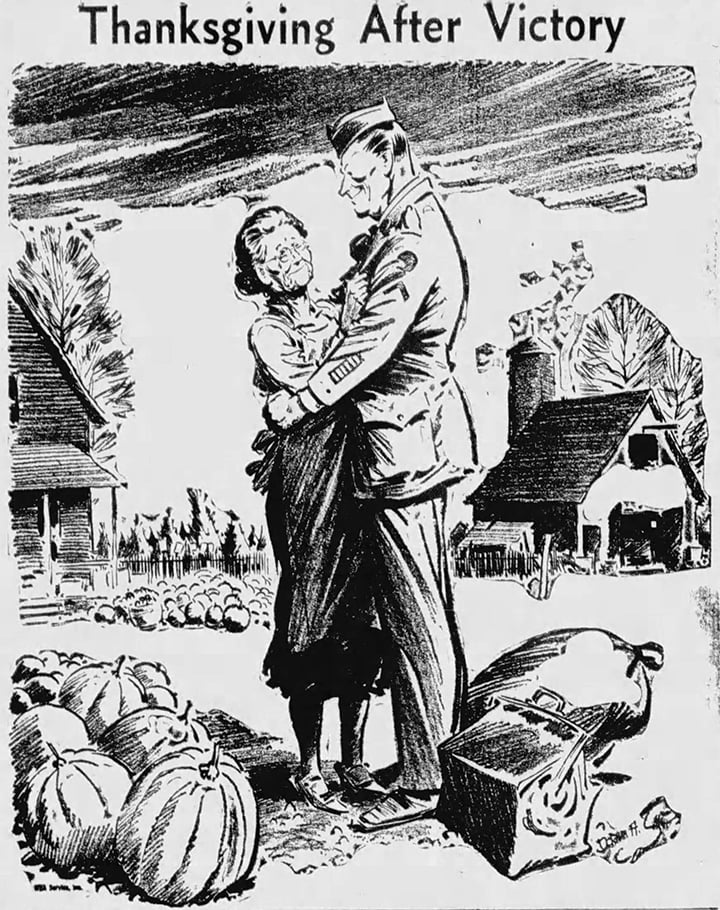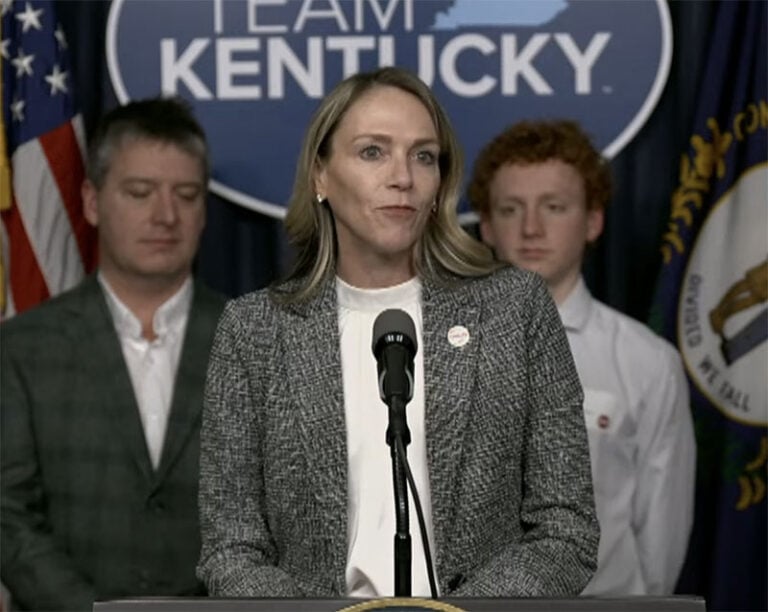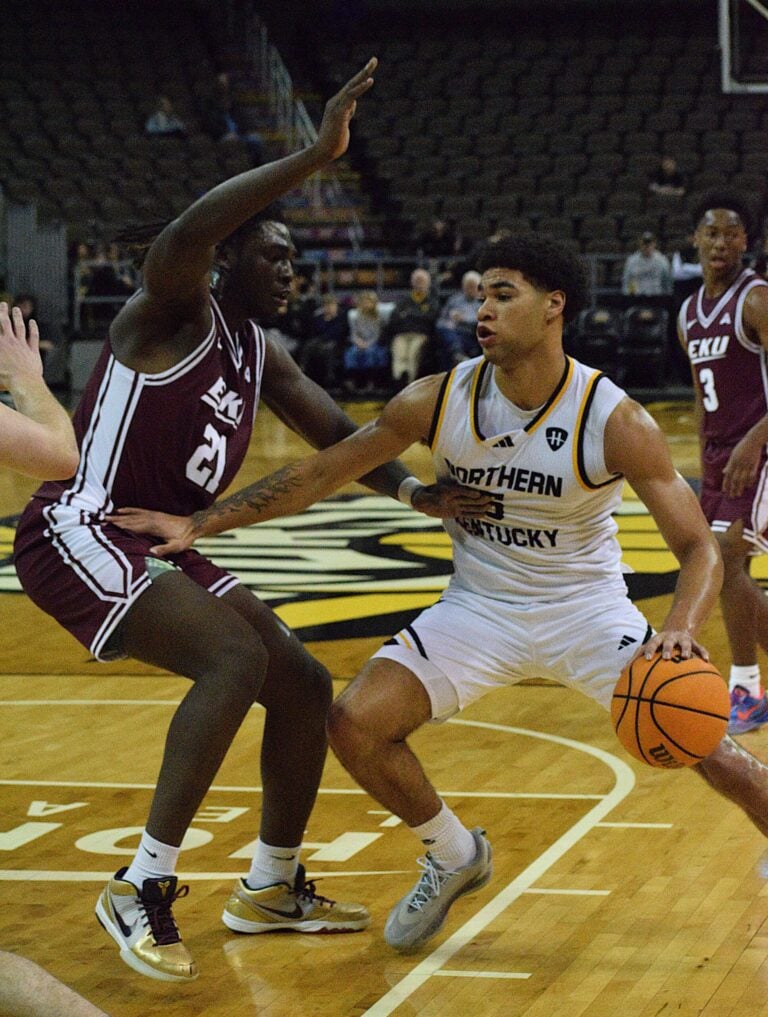Just a few days ago, we heard the news about a Garrard County special education teacher who was accused of overdosing on heroin in his car on his way to work. He was charged with DUI. Luckily a Kentucky Vehicle Enforcement officer was the first to respond to the call and found the unconscious teacher in his vehicle, where Narcan was used to revive him.
It’s a sad day when the words “heroin” and “public schools” are used in the same sentence, but that is the unfortunate case in this day and age. At the start of the new school year, Kentucky’s public school districts began considering whether to stock Naloxone, also known by the brand name Narcan, an opioid-blocker that can be given in the event of a heroin or prescription painkiller overdose
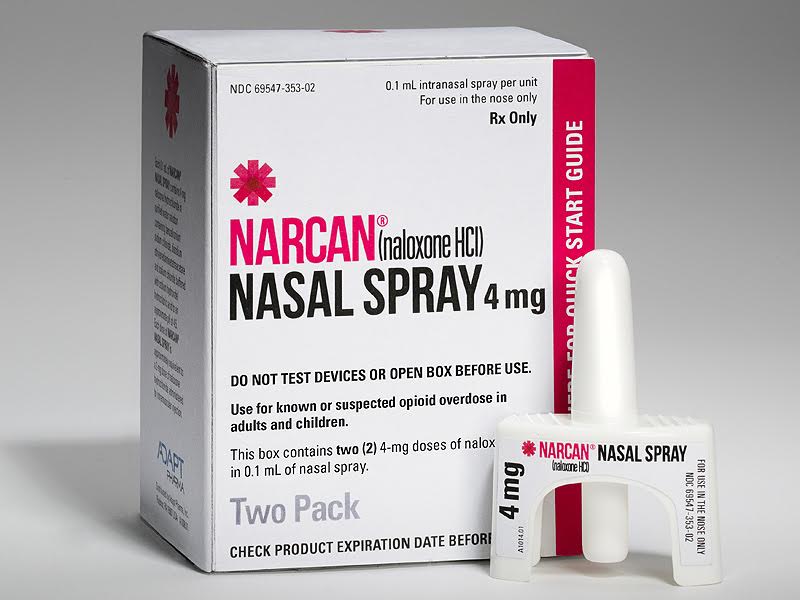
The epidemic of heroin overdoses in the U.S. has reached crisis levels and is destroying families and killing people at an alarming rate. Kentucky is right in the epicenter.
Overdose deaths in the state increased in 2015 to a total 1,248, 16.5 percent higher than the year before.
When states started to restrict easy access to painkillers, prescription opioids such as oxycodone became harder to find on the streets and the demand for heroin skyrocketed. Many people who become addicted to prescription painkillers turn to heroin because it is a cheaper, more easily available alternative, while providing the user with a similar high.
As a result Kentucky lawmakers and school officials have decided to widen access to Narcan, a prescription drug that can be injected or given nasally to reverse an opioid overdose. Medical first responders have traditionally administered Narcan, which is non-addictive and only has an effect if a person has opioids in her or his system.
In a public school setting, school nurses are usually the first responders and having access to Narcan can and does save lives. The National Association of School Nurses is actively encouraging schools to give school nurses access to Narcan as part of their emergency response plans and drug prevention efforts.
In 2015, Kentucky law allowed governing boards of schools districts to choose to keep Narcan on the premises and regulate its administration. The legislation encourages schools to ensure ready access to Narcan. Schools electing to keep Narcan shall maintain the drug in a secure, accessible, but unlocked location. Narcan may only be purchased with a prescription from a medical provider. Each school electing to keep Narcan shall also implement policies and procedures for managing opioid overdose, developed and approved by the local school board.
It’s important to know that CPR measures may be necessary. Therefore all school staff, including those in extracurricular programs should be trained on how to recognize the signs and symptoms of an opioid overdose requiring the use of a Narcan.
It’s important for school officials to understand that Narcan will continue to work for as long as 30 to 90 minutes, but after that time, overdose symptoms may return. This is why it’s important to call 911 immediately.
Abrupt reversal of opioid depression may result in nausea, vomiting, sweating, tachycardia, increased blood pressure, tremulousness, seizures, ventricular tachycardia and fibrillation, pulmonary edema, and cardiac arrest which may result in death.
Personnel should be familiar with the type of Narcan maintained by the school and its use. The Narcan should be also checked monthly to ensure proper storage, expiration date, and medication stability. Store Narcan Nasal Spray in the blister and cartons provided in a controlled room temperature 15°C to 25°C (59°F to 77°F) and in a dry, dark area.
As a safety and risk management consultant who works with several school districts throughout the state of Kentucky, my initial concern was would the school districts be exposed to additional liabilities due to the administration of Narcan?
The Kentucky Legislature addressed this by putting in the provision stating that “A person acting in good faith who administers Narcan received under KRS 217.186 shall be immune from criminal and civil liability for the administration, unless personal injury results from the gross negligence or willful or wanton misconduct of the person administering the drug.”
This Good Samaritan ruling provides the basic legal protection for those who assist an overdosing person.
Another concern that has since surfaced is whether a district’s insurance carriers provide coverage to not. I would recommend that all school districts verify that there are no exclusions on their policy prior to implementing a Narcan program.
With liability issues addressed, this is a good program that needs to be adopted in every school district. If just one life can be saved with the hopes that he/she can someday kick drug addiction, then it is well worth it.
I recognize the mixed feelings about the supplying Narcan on the level it is being recommended in our schools. Narcan is not treatment for opiate dependence, and this program should not create a false sense of safety that Narcan can reverse every overdose, because it can’t. Nor is it a promotion for drug use, but instead be a first step to a path to recovery.
Be Safe My Friends.
Keven Moore works in risk management services. He has a bachelor’s degree from University of Kentucky, a master’s from Eastern Kentucky University and 25-plus years of experience in the safety and insurance profession. He lives in Lexington with his family and works out of both Lexington and Northern Kentucky. Keven can be reached at kmoore@roeding.com.













